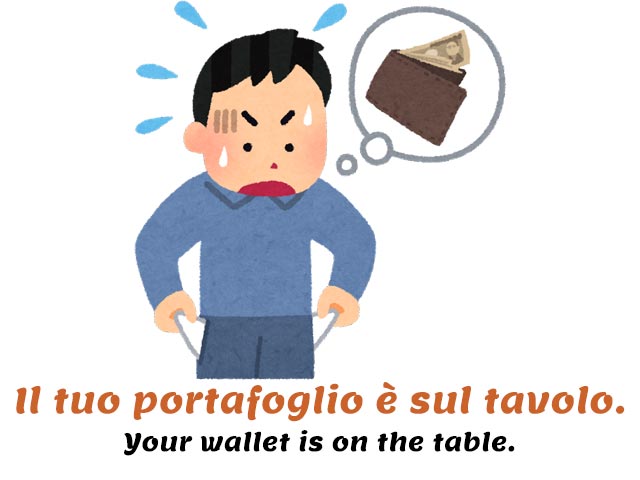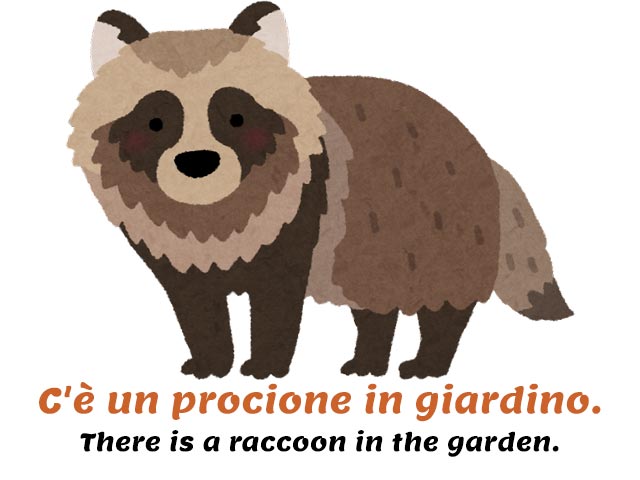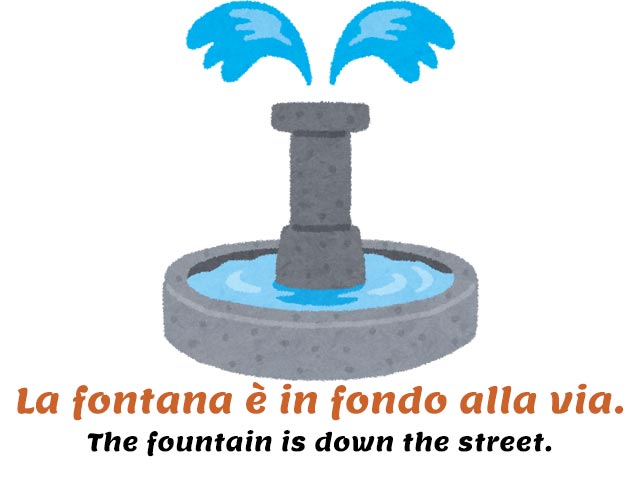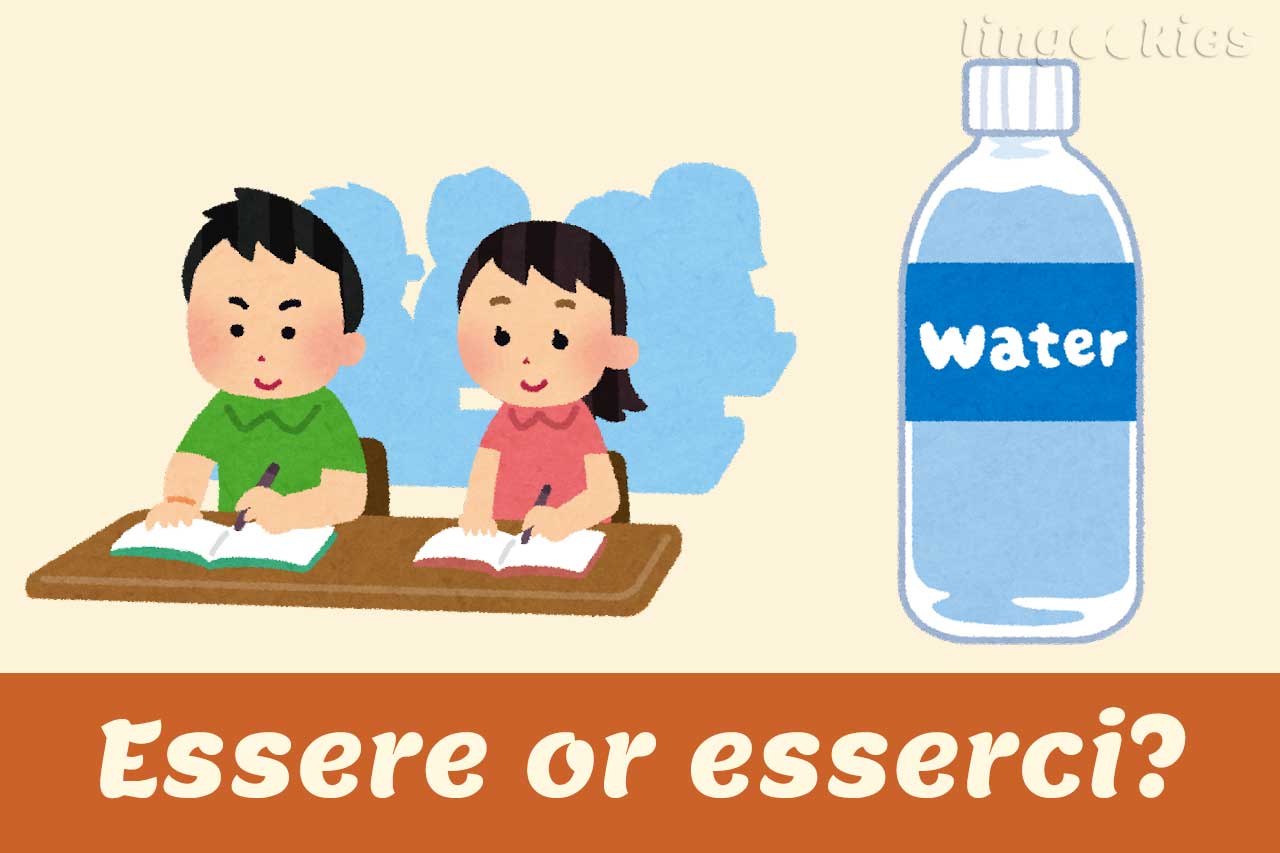Essere and esserci are often confused by learners of Italian because they translate as “to be”. But they are not the same. Let’s see how they are used with some example sentences.
Essere in Italian: How to use it
Essere simply means “to be”. It’s one of the most common Italian verbs and it’s also a highly irregular verb.
It’s a transitive verb because it can be placed in front of a direct object, but it can also be an intransitive verb. Essere also tells you where any object is or was located.
Essere
To be
For example, you can say…
Gli occhiali sono sporchi.
The glasses are dirty.
Dov’è la scopa?
Where is the broom?
Il museo è di fianco alla banca.
The museum is right next to the bank.
Siete in casa?
Are you home?
Some very common expressions with essere in Italian are:
- essere alla mano, to be down to earth
- essere di fretta, to be in a hurry
- essere a pezzi, to be shattered
- essere pelle e ossa, to be skin and bones
- essere di moda, to be fashionable
- essere in gamba, to be very capable

Esserci in Italian: How to use it
Esserci, on the other hand, means “to be there” and is commonly used in the present tense to translate “there is” and “there are” (and also in the imperfect past tense to translate “there was” and “there were”). It can also be conjugated in the future tense (there will be).
It doesn’t tell you where an object is, but it does tell you what you can find in a particular place, such as a table or in a drawer.
Esserci
To be there
For example, you can say…
C’è un procione in giardino.
There is a raccoon in the garden.
(present)
C’erano alcune foglie sul marciapiede.
There were some leaves on the sidewalk.
(past)
Ci sarà una grande festa domani.
There will be a big party tomorrow.
(future)
You use c’è / c’era with singular nouns. You use ci sono / c’erano with plural nouns.

Other examples:
Ci sono tre matite sulla scrivania.
There are three pencils on the desk.
Ci sono molte paia di calze nel cassetto.
There are many pairs of socks in the drawer.
Non c’è neanche una mela nel cestino.
There is not a single apple in the basket.
C’è una fontana in fondo alla via.
There is a fountain down the street.
If you want to ask a question (is there… are there…?), just raise your pitch and add a question mark at the end. No need to change word order.
C’è una fontana in fondo alla via?
Is there a fountain down the street?

Another difference between essere and esserci in Italian is that the infinitive form esserci also translates English sentences beginning with “there must be” or “there should be”.
Deve esserci un motivo.
There must be a reason.
Dovrebbero esserci tre matite sulla scrivania, invece ce n’è solo una.
There should be three pencils on the desk, but there is only one.
Essere and esserci: Let’s recap the difference
The main difference between essere and esserci in Italian is the following:
| Essere | Means “it is” |
| Esserci | Means “there is” |
I hope that essere and esserci will have no secrets for you from now on! 😊
More free Italian resources
You might want to keep learning Italian online with these free Italian resources:
❤️ If you liked this lesson on the difference between essere and esserci in Italian, share it with your friends!


